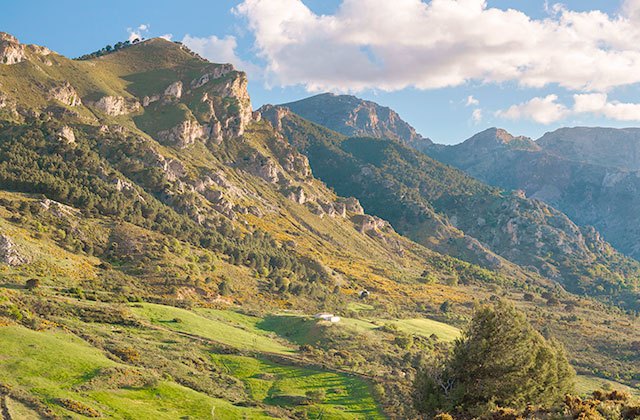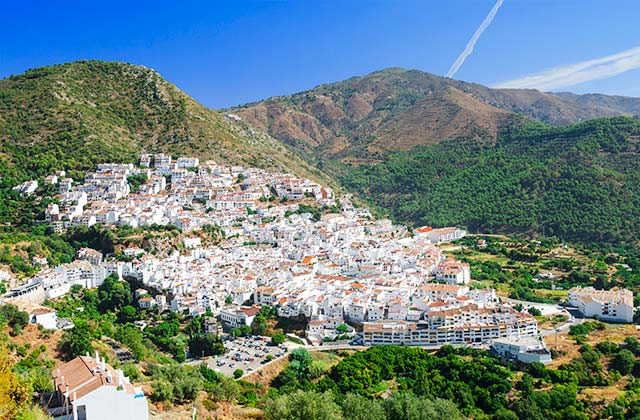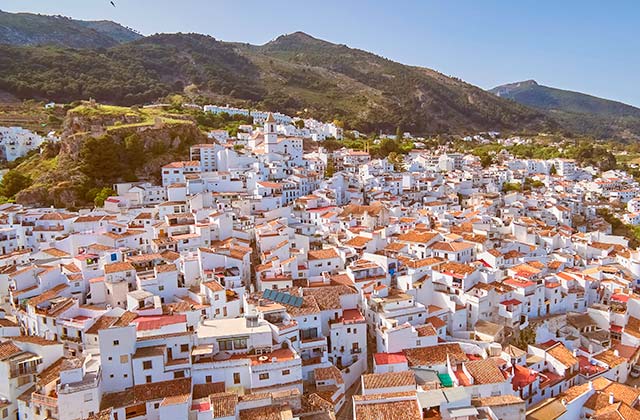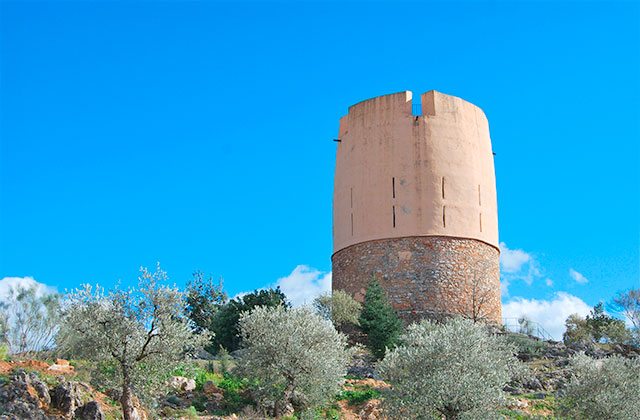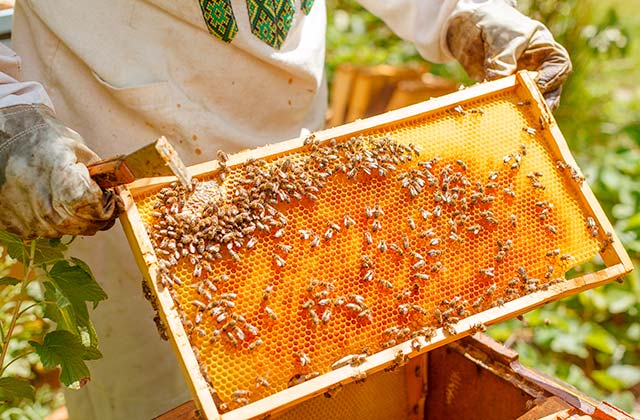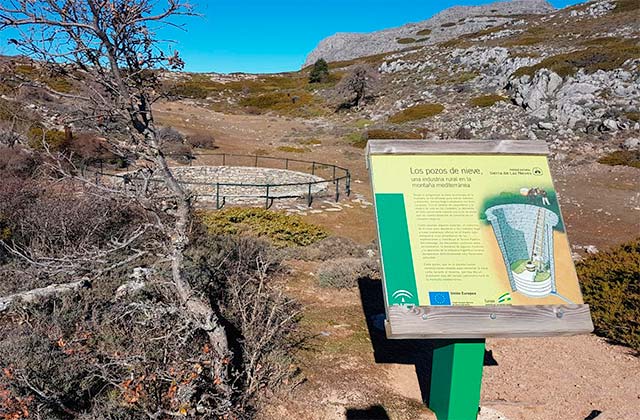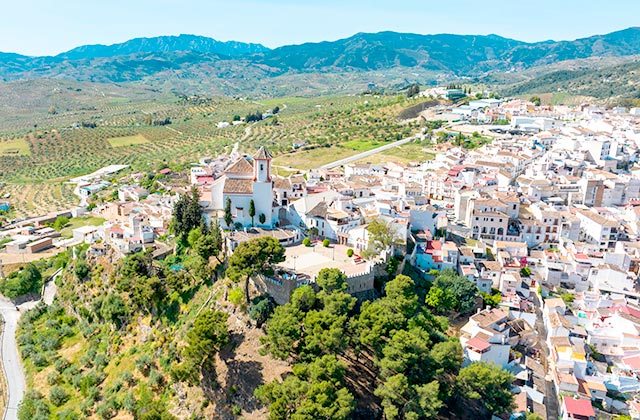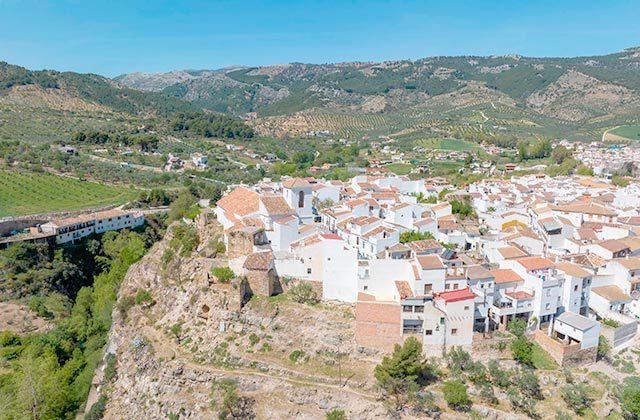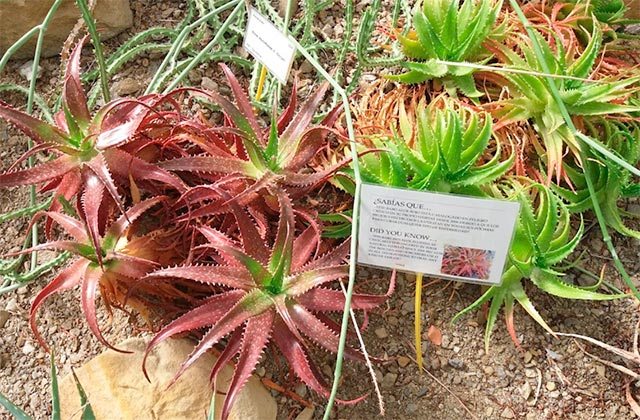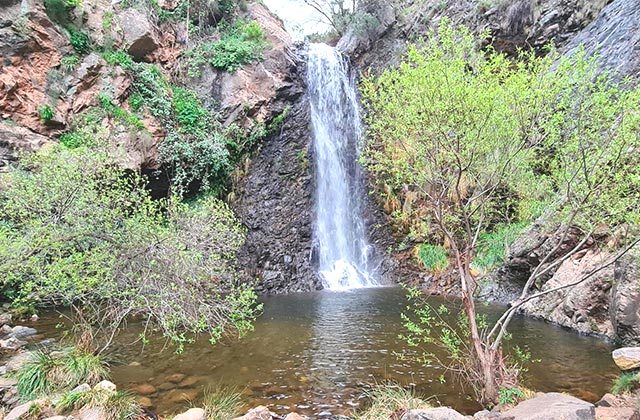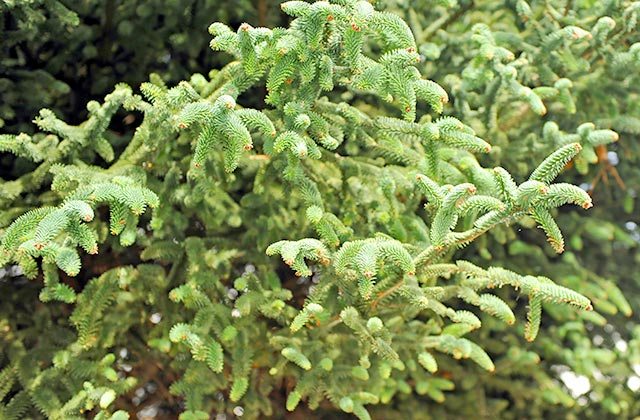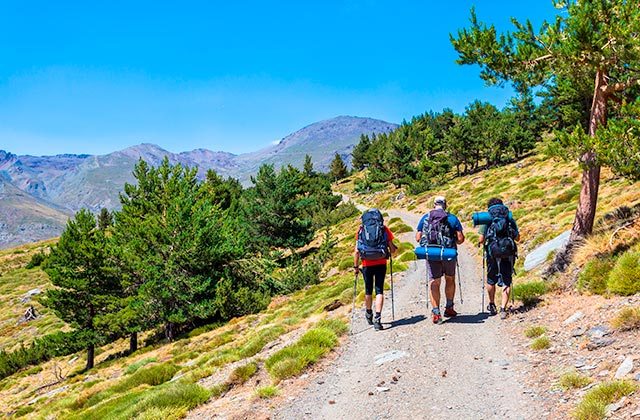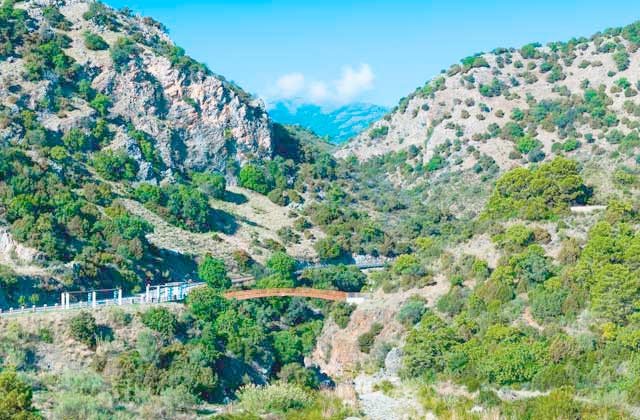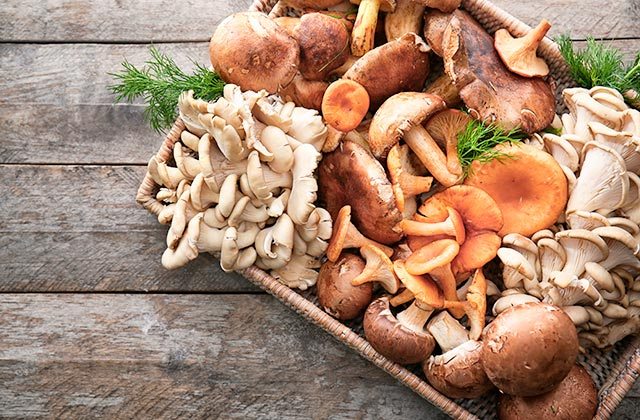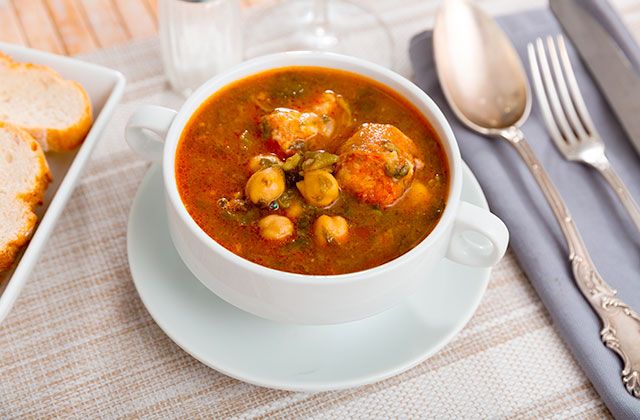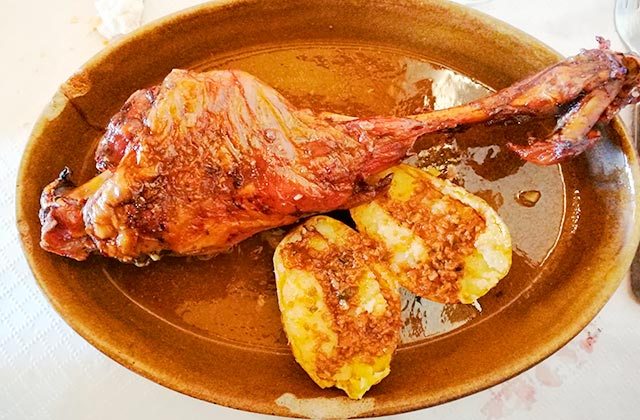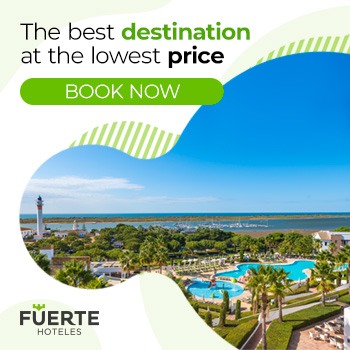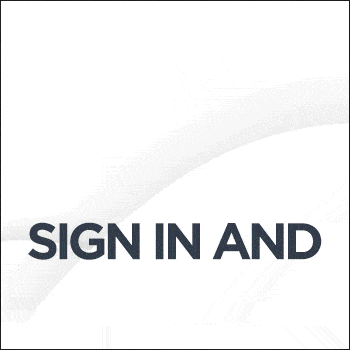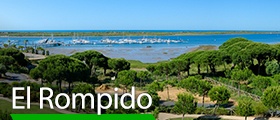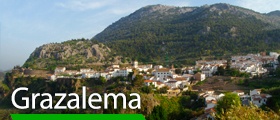
On tour by the Sierra de las Nieves, tourism in the heart of Malaga
Andalucia has great natural wealth, and it is very easy to find hidden treasures among the peaks and forests throughout the geography of our region. The Sierra de las Nieves is one of the natural paradises that we find in Malaga, specifically between the Serrania de Ronda and the Mediterranean Sea. This natural park of Andalucia extends through the villages of Alozaina, Casarabonela, El Burgo, Guaro, Monda, Tolox, Istan, Yunquera, and Ojen, so there is a lot to see in the Sierra de las Nieves. It is also very close to Ronda, so a trip to this city is one of the plans you can make.
Gorges and ravines, such as the Caina, are some of the geographical formations found in the Sierra de las Nieves Natural Park. Slopes of up to 100 meters and spectacular landscapes are the architecture of this park, as well as the spectacular forest of Spanish fir, unique in southern Spain and northern Morocco. Another of the wonders hidden in this mountain range of Malaga is the diversity of animals due to its location on the migratory route of the Strait. The Sierra de las Nieves Natural Reserve is home to protected species such as the golden eagle, the otter, and the wild cat.
How to get there?
From Malaga, by the A-357, first, and then by the A-354 that links to Casarabonela and Alozaina or by the A-355 heading to Coín and from there reach Monda and Ojén or Tolox and Alozaina by the A-366. From Ronda, through the A-366 heading to El Burgo and Yunquera. From Marbella, by the A-355, that leads to Ojén and then connects with the rest of the villages, or by the A-7176, heading to Istán. In addition, the Pablo Ruiz Picasso International Airport (Malaga) as well as the AVE station María Zambrano are just forty minutes away from two of the towns that serve as a gateway to the Sierra de las Nieves, Monda and Casarabonela.
What is there to see?
Ojén Viewpoint
On the road that goes up from Marbella heading to Ojén, just before the entrance to this last village there is a viewpoint where you get a magnificent view of the town. It’s a good starting point for entering in the Moorish path of its streets and get involved by the many glimmers of great beauty that you will find or to complete any of the many hiking routes that cross ancient roads and link the nearby villages of the region.
Al- Ándalus Cultural Centre, Guaro
The Al-Ándalus Municipal Cultural Centre is located in the town of Guaro, shortly before reaching the Spring of San Isidro Labrador. It’s a cultural group that consists of the Ethnographic Museum of Oil on the top floor, the Tourist Office and visitor reception on the ground floor and an Andalusian patio, dedicated to the celebration of different events (concerts, receptions, exhibitions…) in the rear of the building.
Remains of the Arab castle, Casarabonela
The remains of the Arab Castle of Casarabonela are located in the upper part of the village. Its strategic location favoured its conditioning as tourist viewpoint.
Of the 9th century fortress, Qasr Bunayra, four towers and stretches of wall remain. It’s considered Property of Cultural Interest and includes an interpretation centre.
Watch Tower El Castillo
Half kilometre from the town centre, heading to El Burgo, is located the Watch Tower, built in the 16th century and called in Yunquera ‘El Castillo’ (the Castle), where the Sierra de las Nieves information centre is located. Its construction is almost cylindrical and is closed on the outside by a spherical cap. In its walls made of masonry, bell-shaped openings, made like this to provide a good defence to the structure.
Apiflora
Apiflora will be one of the most exciting experiences of your life. It’s not every day that you put in a bee-keeper costume and learn on-site the curiosities of these small friends. Watch the bees working while they collect honey entering and exiting the hives.
Know the snow wells
Snow has always been a prized, scarce and difficult to obtain resource. Therefore, in Sierra de las Nieves its presence has been very common. In them, the ice dealers accumulated in Spring the snow that fell in Winter to have reservations during the Summer and to prepare or preserve food. There are still wells in the Park, some of them have been recovered and reconstructed so this old craft does not fall into oblivion.
Alozaina
The Sierra de las Nieves Natural Park is surrounded by 9 different villages, of which Alozaina is one. It belongs to the Route of the Villages of the Sierra de las Nieves and is an enclave with an Arabic past that is still alive in the streets of this town. That is why there is an arch in the center of the village, a tribute to its Arab origins. This white village also has one of the most beautiful viewpoints, the Parque Mirador and the Castle of Maria Sagredo, from where you can contemplate the views that are drawn in the surroundings. Alozaina also preserves wonders of its past as the Hornacina Cruz, the only one that remains of the Via Crucis. The Villa los Hoyos de los Peñones and a Museum of tools and popular customs are a tribute to our ancestors. This village of white facades of the Sierra de las Nieves is a small wonder that houses great treasures.
El Burgo
It is one of the closest villages to Ronda, so the Serranía de Ronda and the Sierra de las Nieves are the enclaves where this municipality of whitewashed houses and labyrinthine streets is located. The natural environment that surrounds it makes it very attractive for nature lovers who enjoy hiking and contemplating the landscapes. The beauty of El Burgo is unique and offers us views such as those from the Natural Viewpoint of the Forest Ranger, where you can see the river Turón, the medieval irrigation channel, or the bridge of Málaga. If we go into the village, after observing the views that surround it, you cannot forget to visit the castle of El Burgo, the hermitage of San Sebastian of the fifteenth century, or the church of the Incarnation. Undoubtedly, this is one of the privileged villages for its natural environment and you must see in the Sierra de las Nieves.
Cactus and Succulents Garden, Casarabonela
One of the places to visit in the Sierra de las Nieves is Casarabonela. If we talk about natural wealth, this village framed in this privileged environment has a Botanical Garden of Cactus Mora i Bravard, where you can find one of the best collections of this species in Europe. Specifically, more than 2500 species of cacti and succulents are part of the collection of this Botanical Garden that was founded by the couple Edwige Bravard and Joan Gabriel Mora in Mallorca but moved to Casarabonela years later looking for an ideal climate for these species of cacti and succulents. The tour of this garden is a journey around the world where you can see first-hand the diversity of this species and the microclimate so characteristic of these succulents found in this municipality.
Charco de la Virgen, Tolox
Tolox is one of the villages in the Sierra de las Nieves region, a treasure to be discovered, with a great cultural and natural wealth. This small town is known for its hot springs and the Charco de la Virgen. To get there you can enjoy a walking route from the spa of Tolox with a spectacular end that will take you to this Charco. A route of about 10 km with destination to this natural paradise that is a pool of water that is characterized by the unique beauty of this high water.
Spanish fir of the Escaleretas (Pinsapo de las Escaleretas)
Within the Sierra de las Nieves Natural Park we find a spectacular specimen, the Pinsapo de las Escaleretas. It is located in the municipality of Parauta and is easily recognizable because it stands out from the rest of the species. It is impressive for its dimensions of about 30 meters high and is estimated to be between 350 and 550 years old, which has led to it being declared a natural monument by the Junta de Andalucía.
Things to do in Sierra de las Nieves
Hiking in Sierra de las Nieves
El Burgo – El Dique
The route begins in a lane of the entrance bridge to El Burgo, surrounded by poplars and olive groves. You will have to follow the course of the river and, after 2 km, you will find the dam of El Dique, an area where, in Summer, it is very common to take a swim. A few metres further down, you will find the dam of El Largo that is smaller.
Benahavís – Las Angosturas
The route begins in the Tres Pérgolas viewpoint where you can park your car. You will go through the incredible wooden bridge that was installed to cross the river and up for about 200 metres until the road of the canal. The path that it’s next to it is well signposted with wooden poles and metal gratings in the points where it crosses the canal.
Caving in the Cave of the Excéntricas
The beautiful Cave of the Excéntricas is located in the village of Igualeja. It’s not very big, but its karstic formations make it one of the most beautiful. Its underground landscapes provide all types of cavities and chasms, where you’ll see stalactites, stalagmites, fistulas and eccentric, that give name to the cave.
Multiadventure at Puente de la Ventilla
Enjoy the many activities offered by the Multiadventure of Puente de la Ventilla. It’s located right at the gates of one of Andalucia National Parks, the Sierra de las Nieves. You can try the death slide, archery, slide in a rappel of more than 20 m and even climb in a climbing wall placed in the walls of the bridge.
Cima la Torrecilla
It is par excellence the best-known peak that leads to the Torrecilla peak, the highest in the Sierra de las Nieves. The best-known route to reach this peak is the one that starts at the Quejigales in Ronda or the fir woods of Yunquera and El Burgo. Reaching the summit is a challenge since it is located at an altitude of more than 1900 meters, but it can be a great experience for hiking and challenge lovers since it presents a moderate technical difficulty, and the views and panoramic views of the place will be the greatest prize you can take with you.
Route Castañar de Yunquera
Seeing the chestnut trees in autumn is one of the plans that can be done in the Sierra de las Nieves. For this, we suggest this route, in the Castañar de Yunquera, where we can enjoy the wonderful forests of chestnut trees. This chestnut grove is characterized by a forest formation of considerable ecological, cultural, and economic importance. Along the route, you will discover wonders such as the hermitage of Nuestra Señora de Porticate from the XVIII century, whose devotion is evident in Yunquera. You will also enjoy the ochre and brown tones of the chestnut trees, the oldest in the province of Málaga, between 800 and 1000 years old.
Local gastronomy
Enjoying the local gastronomy is one of the experiences that we can never leave behind, and the Sierra de las Nieves is characterized by offering the highest quality and variety, given the privileged natural environment in which it is located.
Crops, fruits, and livestock are the mainstay of the local cuisine, as well as seasonal fruits and wild products. Mushrooms, golden thistle, legumes, and asparagus are some of the products that can be found around the Sierra de las Nieves Natural Park.
Raw materials from this area are used to prepare dishes such as stews, casseroles, and all kinds of casseroles and soups, not forgetting gazpacho in the summer season.
When it comes to meat, game is par excellence one of the typical dishes of this place. Lamb, goat, pork, and stewed meats are some of the delicacies that delight our palates when seasoned with aromatic herbs native to the Sierra.
And since there is no meal without dessert, dried fruits such as chestnuts or almonds are the main ingredient in many of the sweetest creations. The roscos, pestiños, cakes, biscuits, pastries and mantecados are some of the homemade desserts in which they use their basic products, and which are present on the tables of the villages of the Sierra de las Nieves Natural Park.
Where to eat
Mirador de la Sierra de las Nieves
Lugar Curva Colorada, 3, 29567 Alozaina, Málaga
Tel: +34 607 88 08 01
Google Maps
LA LOLA
C. Calvario, 29109 Tolox, Málaga
Tel: +34 951 44 06 53
Google Maps
El Fogón de Flore en Ojén
A-355, Km 28, 5, 29610 Ojén, Málaga
Tel: +34 952 88 10 72
Google Maps
Venta Rivita
562 Diseminado, P01, 29567 Jorox, Málaga
Tel: +34 952 48 07 72
Google Maps
Miguelín y Miguel
C/ Las Tobas, 29410 Yunquera, Málaga
Tel: +34 952 48 25 06
Google Maps
Casa Pedro
Cam. del Sao, 1, 29410 Yunquera, Málaga
Tel: +34 952 48 22 36
Google Maps
WHERE TO STAY
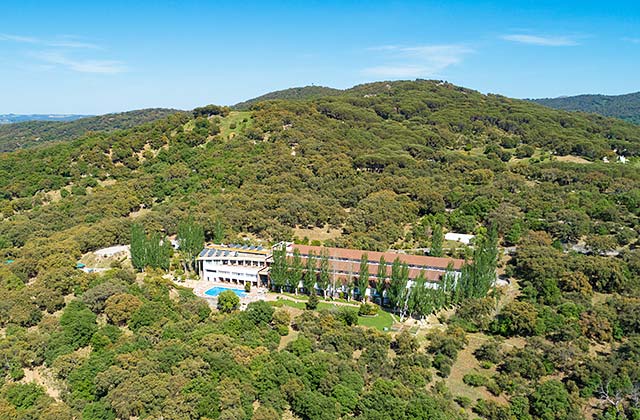
Hotel Fuerte Grazalema
Fuerte Hoteles is the best option to stay if what you visit is the south of Spain. The chain has establishments where you can enjoy the best of each point in the Andalusian geography. Its 60 years of experience are the guarantee to spend your time discovering those natural corners. If you travel to the Sierra de las Nieves nothing better than staying in Fuerte Grazalema.
